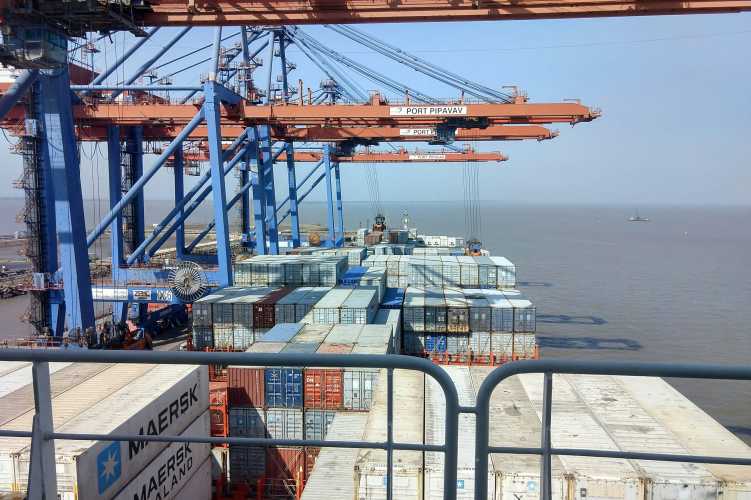India’s exports have been losing steam amid global demand slowdown, rising protectionism, and the uncertainties of Trump’s tariff war. The merchandise trade deficit widened to $67.26 billion in the first quarter of FY26, up from $62.1 billion in Q1FY25. Concerned by the trend, the Standing Committee on Finance has called for a comprehensive reset of India’s export strategy. In its report, Roadmap for Indian Economic Growth in Light of Global Economic and Geopolitical Circumstances, the panel urged a sharper focus on manufacturing competitiveness and market diversification.
The challenges are widespread. Global supply chain disruptions, trade restrictions, and shifting alliances have strained India’s traditional export markets in the US and Europe. Textiles, gems, and jewellery—once strong performers—now face intense competition from Vietnam and Bangladesh. The diamond industry in Surat has been hit especially hard; dwindling orders have left polishers without work, leading to hundreds of distress-driven suicides, according to local reports.
READ | GST reform puts state government finances at risk
Commerce department data show that exports to eight of India’s top 20 trading partners fell in April–July 2025: the Netherlands (-21.2%), the UK (-11.2%), Singapore (-11.8%), Saudi Arabia (-11.8%), South Africa (-16.3%), Italy (-9.2%), France (-17.3%), and Malaysia (-28.8%). This decline came even before the full impact of 50% reciprocal tariffs imposed by the US on Indian goods.
Tariffs and geopolitical tensions
The US tariffs were rolled out in two stages: an initial 25% duty effective August 1, followed by an additional 25% from August 27, raising the effective tariff to 50%. Bloomberg Economics has projected that these duties could hit 60% of India’s exports, trimming GDP growth in FY26 by about 1%. The move is seen as linked to Washington’s displeasure with India’s continued oil imports from Russia.
The government has responded with a three-pronged strategy: expanding into new markets in Africa, Latin America, and Southeast Asia; pushing domestic industry to scale up high-value manufacturing such as electronics and pharmaceuticals; and exploring export support schemes under a proposed Export Promotion Mission.
Manufacturing and market diversification
The parliamentary panel has stressed the importance of reducing India’s reliance on a handful of markets. It has called for measures to cut production costs, streamline supply chains, and improve ease of doing business. The committee noted that policies must encourage exporters to develop homegrown brands and reduce dependence on low-value commodities.
In parallel, logistical bottlenecks—from cumbersome customs processes to inefficient port clearances—continue to weigh on export competitiveness. June exports fell marginally to $35.14 billion, the lowest in seven months, while imports dropped 3.7% to $53.92 billion, leaving a trade deficit of $18.78 billion.
The panel has also underscored the role of data and digital infrastructure in sustaining growth. It recommended a government-owned AI server to address privacy concerns and strengthen policy-making. It also flagged “digital deserts” in rural and underserved areas, urging investment in broadband and digital infrastructure to support both governance and commerce.
Growth targets and investment needs
For India to maintain resilience, the Finance Ministry has said the economy needs to grow by around 8% annually in real terms for the next decade. Ajay Seth, then secretary in the Department of Economic Affairs, told the committee that achieving this requires lifting the investment rate from 31% to 35% of GDP. The report stresses that India’s roadmap should not merely aim for the $5 trillion economy milestone but also secure inclusive, long-term prosperity.
To shield exporters from shocks, the government is finalising a ₹20,000 crore long-term plan that will provide easier access to export credit and help tackle non-tariff barriers in overseas markets. The Export Promotion Mission will also allow sector-specific schemes, encouraging diversion of goods to alternative geographies and boosting domestic demand where export markets dry up.
India is leaving no stone unturned to protect vulnerable exporters. Yet much depends on how quickly new strategies take root and whether the US–India bilateral trade agreement (BTA) can be concluded. Until then, trade prospects will remain uncertain, and the economy will have to balance between external shocks and domestic resilience.

